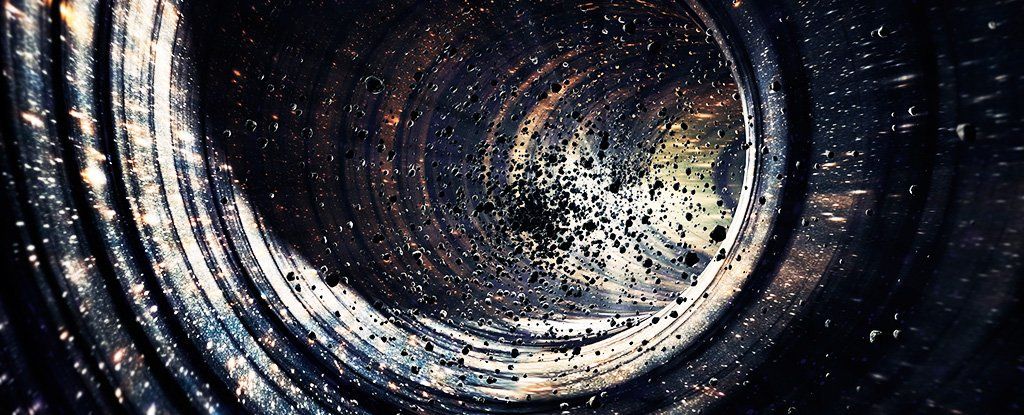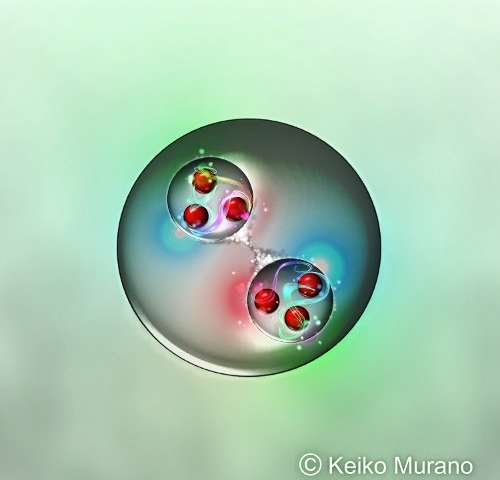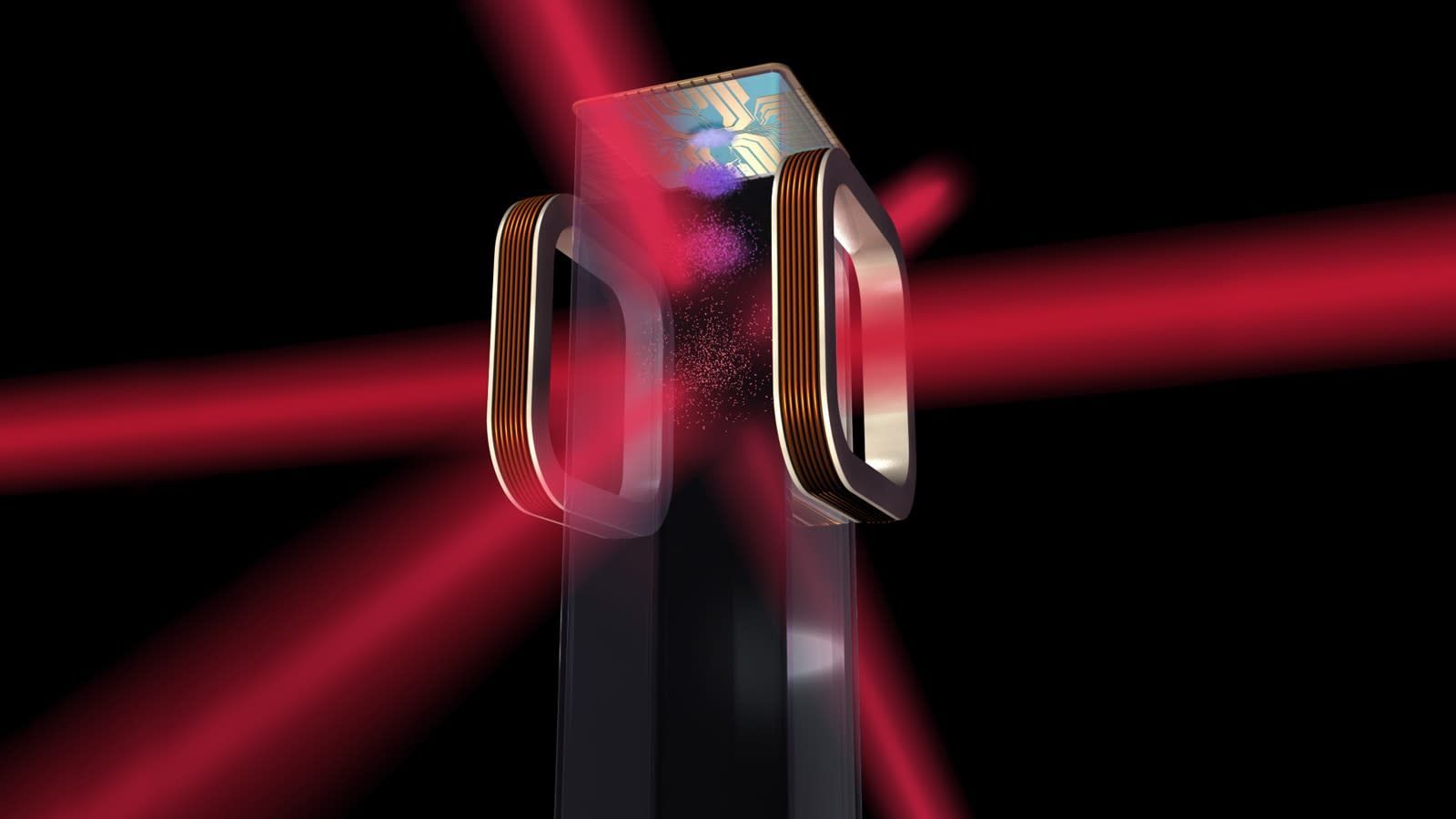A theoretical breakthrough has shown that quantum computers are not just faster versions of ordinary computers, but something much stranger.



Although blockchain is traditionally seen as secure, it is vulnerable to attack from quantum computers. Now, a team of Russian researchers say they have developed a solution to the quantum-era blockchain challenge, using quantum key distribution (QKD).
Quantum computers are different from binary digital electronic computers based on transistors. Whereas common digital computing requires that the data be encoded into binary digits (bits), each of which is always in one of two definite states (0 or 1), quantum computation uses quantum bits, which can have more by being in superpositions of states.
Writing in the journal Quantum Science and Technology, the researchers set out a quantum-safe blockchain platform that uses QKD to achieve secure authentication.


A rare earth element that doesn’t get much mention could become the key to upgrading atomic clocks to become even more accurate. This could help us explore space and track satellites, and even keep the world’s time zones in sync.
Atomic clocks use the oscillations of atoms under laser fire as a measurement of time, in the same way a grandfather clock uses the swing of a pendulum. They can lose less than a second over 50 million years, depending on the elements used — but scientists want even greater accuracy.
That’s where lutetium (Lu) comes in. It offers both a higher level of stability and a higher degree of precision than the caesium or rubidium of today’s atomic clocks, according to a team of researchers from the Centre for Quantum Technologies (CQT) in Singapore.
The mind boggling discovery that time crystals were real happened just last year, and already scientists are demonstrating possible uses for them, including their potential to revolutionize quantum computer systems.

Physicists have invented a flux capacitor and, while it might not run a ‘Back to the Future’ inspired time machine, they say it will have important applications in communication technology and quantum computing.
The team from The University of Queensland, RMIT University and ETH Zurich have proposed a device which uses the quantum tunnelling of magnetic flux around a capacitor which they say can break time-reversal symmetry.
UQ Professor Tom Stace said the research proposed a new generation of electronic circulators – devices that control the direction in which microwave signals move.


Based on complex simulations of quantum chromodynamics performed using the K computer, one of the most powerful computers in the world, the HAL QCD Collaboration, made up of scientists from the RIKEN Nishina Center for Accelerator-based Science and the RIKEN Interdisciplinary Theoretical and Mathematical Sciences (iTHEMS) program, together with colleagues from a number of universities, have predicted a new type of “dibaryon”—a particle that contains six quarks instead of the usual three. Studying how these elements form could help scientists understand the interactions among elementary particles in extreme environments such as the interiors of neutron stars or the early universe moments after the Big Bang.
Particles known as “baryons”—principally protons and neutrons—are composed of three quarks bound tightly together, with their charge depending on the “color” of the quarks that make them up. A dibaryon is essentially a system with two baryons. There is one known dibaryon in nature—deuteron, a deuterium (or heavy-hydrogen) nucleus that contains a proton and a neutron that are very lightly bound. Scientists have long wondered whether there could be other types of dibaryons. Despite searches, no other dibaryon has been found.
The group, in work published in Physical Review Letters, has now used powerful theoretical and computational tools to predict the existence of a “most strange” dibaryon, made up of two “Omega baryons” that contain three strange quarks each. They named it “di-Omega”. The group also suggested a way to look for these strange particles through experiments with heavy ion collisions planned in Europe and Japan.

Full of antioxidants and vitamins, tea is pretty good for you, and green tea extracts have even been used as effective carriers for cancer drugs. New research led by Swansea University has found a novel way to wring more health benefits out of the stuff, by making quantum dots from tea leaves and using them to slow the growth of lung cancer cells.
Quantum dots are semiconductor particles so small they exhibit strange electrical and optical properties, such as the ability to fluoresce in different colors, or help with certain chemical reactions. Their glowing properties mean they’re showing up in TVs and solar cells, and in medical applications as biomarkers to help doctors precisely locate tumors. They’re also being used to treat cancer, fight antibiotic-resistant bacteria and convert CO2 into liquid fuels.
The problem is, manufacturing them can be a costly and complicated process, and the end results can be toxic. So the Swansea team, along with researchers from Bharathiar University and K. S. Rangasamy College of Technology, set about making quantum dots out of humble tea leaves.

An Antares rocket launched from Virginia before sunrise this morning and is on its way to the International Space Station. Its 7,400 pounds of cargo include an experiment that will chill atoms to just about absolute zero—colder than the vacuum of space itself.
The Cold Atom Laboratory (CAL) is set to create Bose-Einstein condensates on board the ISS. But what’s a Bose-Einstein condensate? And why make it in space?
“Essentially, it’s going to allow us to do different kinds of things than we’d be able to do on Earth,” Gretchen Campbell, co-director of the University of Maryland’s Joint Quantum Institute, told Gizmodo.